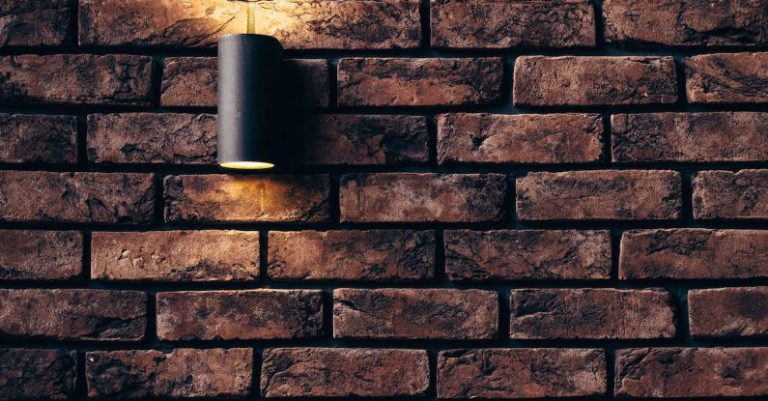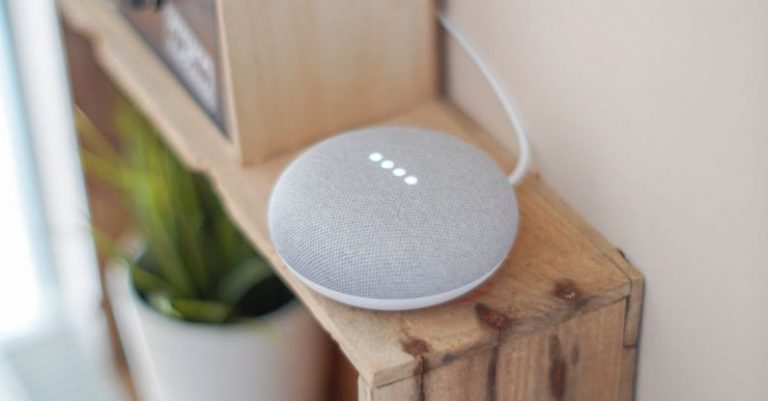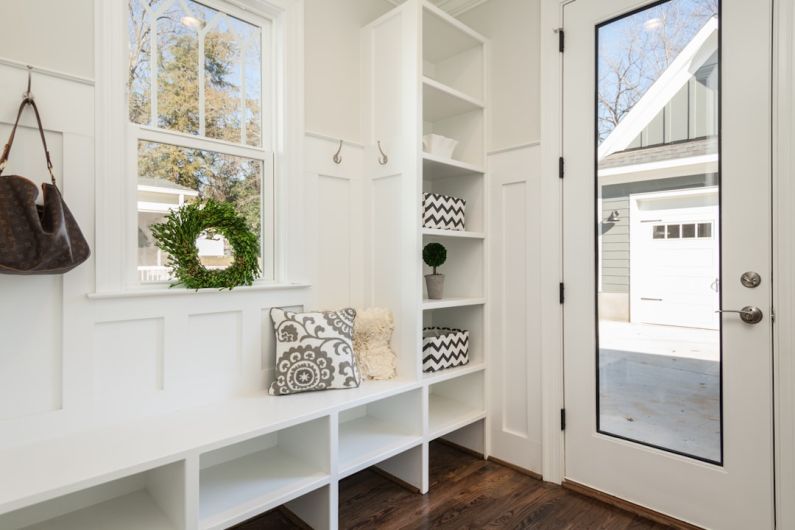How to Install a Simple Home Security System
Home security is a top priority for many homeowners, as it provides peace of mind and protection for your family and belongings. While there are many advanced security systems available on the market, installing a simple home security system can be an effective and affordable option. In this article, we will guide you through the process of installing a simple home security system to enhance the safety of your home.
Assess Your Home’s Vulnerabilities
Before you begin installing a home security system, it’s crucial to assess your home’s vulnerabilities. Take a walk around your property and identify potential points of entry, such as doors, windows, and garage. Look for any existing security features that may need an upgrade, such as weak locks or outdated alarms. By understanding your home’s vulnerabilities, you can determine the best locations to install security devices.
Choose the Right Security Devices
Once you have assessed your home’s vulnerabilities, it’s time to choose the right security devices. There are several options available, including motion sensors, door/window sensors, security cameras, and alarm systems. Consider your budget and specific security needs when selecting the devices. Motion sensors are ideal for detecting movement, while door/window sensors provide an extra layer of protection. Security cameras can help monitor your property, and alarm systems can alert you and the authorities in case of a break-in.
Install Door and Window Sensors
One of the first steps in installing a simple home security system is to install door and window sensors. These sensors are easy to install and can be placed on the frame of the door or window. Ensure that the sensors are aligned properly so that the circuit is complete when the door or window is closed. Most sensors come with adhesive backing, making the installation process hassle-free. Once installed, test the sensors to ensure they are functioning correctly.
Set Up Motion Sensors
Motion sensors are an excellent addition to any home security system, as they can detect movement in designated areas. To install motion sensors, choose strategic locations where they can cover a wide range. Typically, motion sensors are placed in hallways, stairways, or other common areas burglars may pass through. Follow the manufacturer’s instructions to mount the sensors securely. It’s important to adjust the sensitivity settings to avoid false alarms caused by pets or other non-threatening movements.
Install Security Cameras
Security cameras are a valuable asset for any home security system, providing visual surveillance and deterrence. When installing security cameras, choose locations that cover the most vulnerable areas of your property, such as entrances and high-traffic areas. Ensure that the cameras are mounted securely and positioned at the right angle for optimal coverage. Depending on the type of cameras you choose, you may need to connect them to a power source or set up a wireless connection.
Connect to a Monitoring System
To maximize the effectiveness of your home security system, consider connecting it to a monitoring system. This can be done through a professional monitoring service or a do-it-yourself option. A monitoring system ensures that any security breaches or alarms are immediately addressed and responded to. Many security systems also offer smartphone apps that allow you to monitor your home remotely and receive notifications in real-time.
In conclusion, installing a simple home security system is an effective way to enhance the safety of your home. By assessing your home’s vulnerabilities, choosing the right security devices, and following proper installation procedures, you can create a secure environment for your family and belongings. Remember to regularly test and maintain your security system to ensure its continued effectiveness. With a simple home security system in place, you can have peace of mind knowing that your home is protected.






